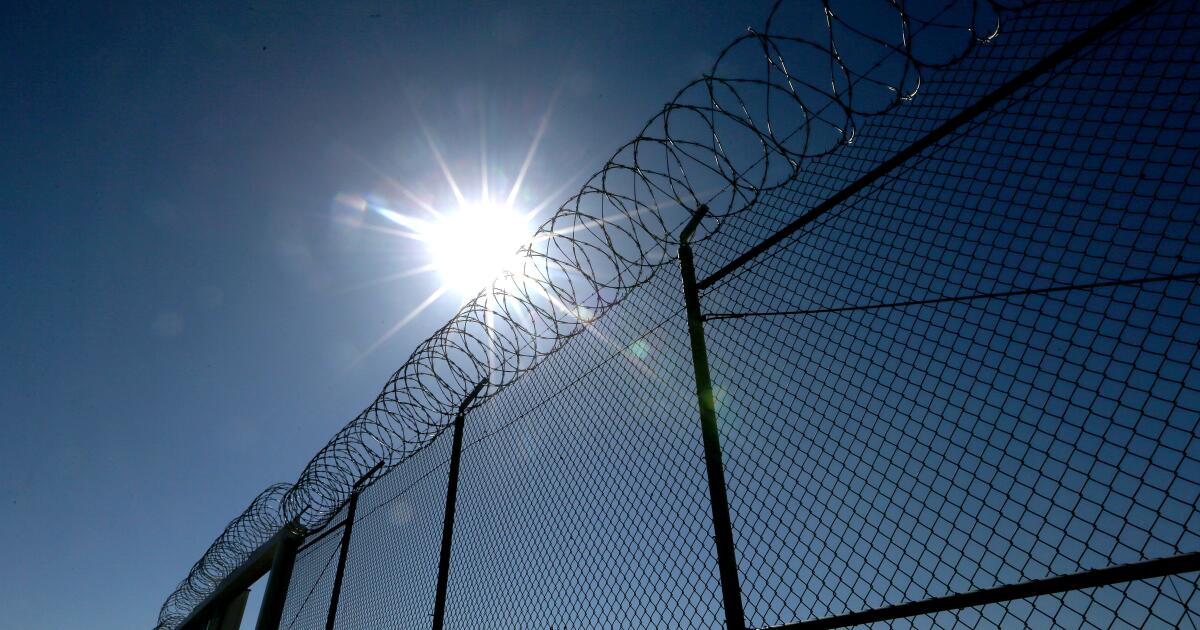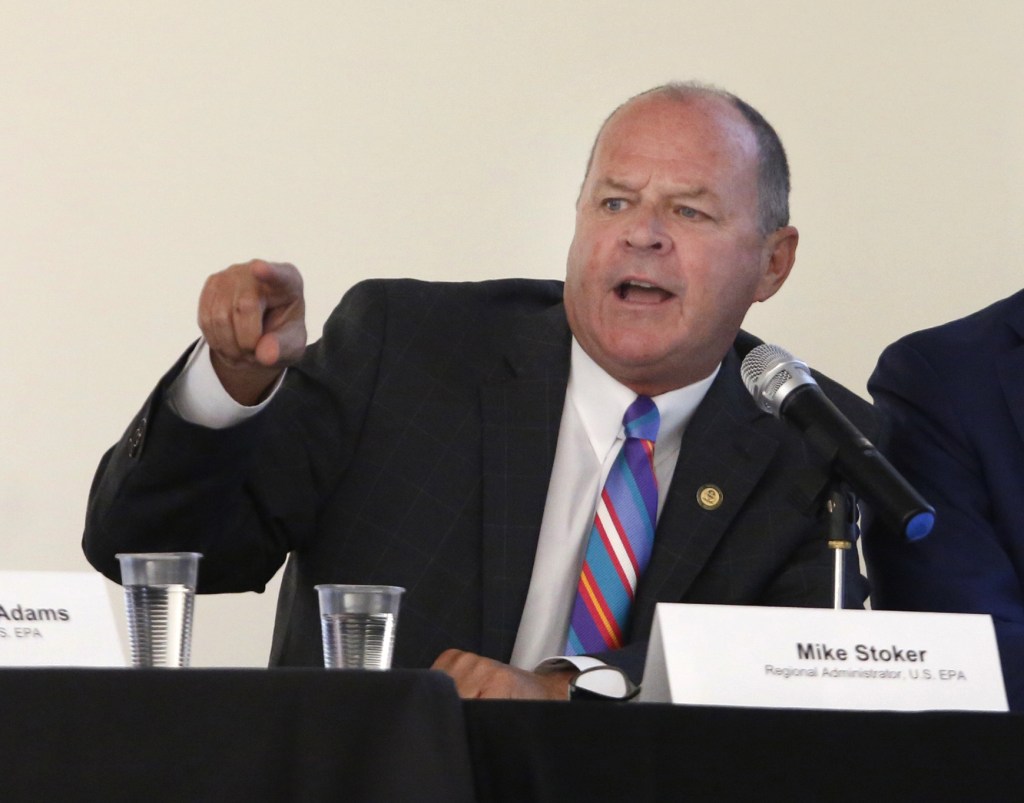California is dealing with a multibillion-dollar budget deficit that can require lawmakers and the governor to make painful selections. No one desires much less funding for his or her little one’s college, street upkeep, environmental progress or different important providers.
There’s one space, nevertheless, the place spending can and ought to be minimize: prisons. Hundreds of California jail beds are usually not in use. Merely consolidating and shutting some amenities may finally save the state lots of of thousands and thousands of {dollars}.
This may be completed safely due to vital reforms which have confronted our state’s incarceration disaster and diminished its jail inhabitants. Based on the California Division of Corrections and Rehabilitation, almost 130,000 folks have been in state custody in 2019; by the tip of final 12 months, that quantity had dropped to 96,000, a lower of about 25%.
Right this moment the state’s jail inhabitants is right down to roughly 93,000. That leaves a surplus of about 15,000 jail beds, a quantity that’s anticipated to develop to 19,000 in 4 years because the inhabitants continues to say no. It’s fiscally irresponsible to keep up these beds whereas social security web applications are on the chopping block.
The empty beds imply that past the surplus prisons, we’re persevering with to incur pointless billions in workers, operations and upkeep prices. Consolidating and deactivating prisons supplies a simple solution to deal with the state’s funds deficit over the long run.
Gov. Gavin Newsom has closed two prisons and eight yards — every state jail sometimes includes a number of yards — and discontinued one personal jail contract, with one other jail closure slated for subsequent 12 months. Even with these reductions, nevertheless, the vacancies are equal to 4 or 5 extra empty prisons.
New York gives an instance of what’s attainable. With a jail inhabitants that has halved since 1999, the state has closed dozens of amenities in recent times. Gov. Kathy Hochul has proposed closing five more within the coming fiscal 12 months.
California ought to observe swimsuit. The state’s nonpartisan Legislative Analyst’s Workplace just lately estimated that the state may save $1 billion in working bills yearly and as much as a further $2 billion in capital bills by closing 5 prisons. In any other case, the workplace expects one-fifth of the state’s jail capability to go unused.
A billion {dollars} a 12 months couldn’t solely assist shut this and future deficits but in addition help actual public security measures: safety-net applications, training, housing and workforce improvement. The state’s present corrections funds is sort of $15 billion. The state’s normal fund funds for the College of California? Below $5 billion.
Do we wish up to date college textbooks or surplus jail beds? Desperately wanted inexpensive housing or unneeded jail yards? Ought to we pay folks to look at an empty cell or construct transportation infrastructure?
The Legislature ought to think about requiring corrections officers to rein in our sprawling jail system. Luckily, an Meeting committee final week handed legislation that gives a street map for corrections officers to progressively and virtually cut back extra capability to 2,500, the quantity they’ve mentioned they should preserve operational flexibility. The invoice additionally permits for conditions during which the corrections division could make the case that a rise in beds is justified.
We perceive that the administration is grappling with a necessity to take a position extra in rehabilitation in addition to courtroom mandates on jail capability. The corrections division has struggled for a few years to maximise rehabilitation and cut back recidivism. We consider making good reductions to jail spending will unencumber extra funding for neighborhood funding and rehabilitation, making Californians safer.
Meeting Invoice 2178 solutions the governor’s name for jail capability reductions pushed by information and wish. It supplies a practical and versatile framework for such selections. It additionally aligns with Newsom’s imaginative and prescient of a fiscally prudent, forward-thinking California.
Each greenback we spend on incarceration is one we don’t spend on constructing properties, supporting college students and preventing local weather change. With so many very important applications in jeopardy, we’ve an ethical crucial to place the broader wants of Californians forward of empty prisons.
Phil Ting is a Democratic Meeting member from San Francisco and the writer of AB 2178. Amber-Rose Howard is the chief director of Californians United for a Accountable Price range.
Source link








